13 Dangerous Flowers to Avoid for a Pet-Safe Garden
Be aware of toxic flowers that can pose risks to your pets.
Educating yourself about which blooms are harmful ensures your garden is a safe environment for all family members, furry ones included.
Select pet-safe plants and flowers to maintain a beautiful yet secure garden space.
Bird of Paradise
Bird of Paradise flowers, with their stunning colors and unique shape, can be very tempting for your pets.
Unfortunately, these beautiful blooms contain toxins that could lead to unwanted health issues if ingested.
Symptoms might include vomiting or difficulty breathing in our furry companions.
Keeping a close eye on where you place these plants ensures your pets remain safe while enjoying the beauty they bring into your home.
Cyclamen
Cyclamen may look pretty, but it hides a secret that pet owners should know.
This lovely flower contains compounds harmful to cats and dogs if ingested.
Symptoms like drooling or stomach upset can occur, so keeping this plant out of reach is essential for your furry friends’ safety.
Enjoy the beauty of cyclamen from afar while ensuring your pets stay healthy and happy at home.
Kalanchoe
Kalanchoe plants, with their lush leaves and colorful blooms, might seem inviting to you.
Unfortunately, these attractive flowers can pose serious risks for pets.
If your furry friend decides to chew on a leaf or flower petal, it may lead to vomiting or even more severe reactions.
Keeping Kalanchoe out of reach is essential for ensuring the safety of your beloved animals while maintaining a beautiful home environment filled with safe greenery instead.
Always stay informed about which plants are harmful so that both pets and nature coexist harmoniously in your space.
Kafir Lily
Kafir lily, with its striking red and orange flowers, can add a pop of color to your garden.
Unfortunately, this beauty hides danger for pets.
The plant contains toxins that may cause vomiting or even more severe reactions if ingested by curious furry friends.
Keeping these plants out of reach is essential for pet owners who want to maintain a safe environment while enjoying the stunning blooms they provide.
Always be aware of what’s in your space; it helps keep those playful companions happy and healthy!
Flame Lily
Flame lily, with its striking colors and unusual shape, catches the eye.
Despite its beauty, this flower hides a dangerous secret for pets.
The plant contains toxins that can cause serious health issues if ingested by dogs or cats.
Keeping it out of your home protects your furry friends from potential harm while allowing you to enjoy other safe plants instead.
Flamingo Flower
The flamingo flower, with its glossy red spathes and bright yellow spadix, is a showstopper in any space.
Its eye-catching beauty can easily draw you in, but not every pet appreciates its charm.
This plant contains calcium oxalate crystals that can cause irritation if chewed or ingested by curious animals.
You wouldn't want to see your furry friend suffering from discomfort due to something so lovely sitting on your shelf.
Keeping this stunning yet toxic flower out of reach ensures both a beautiful home and the safety of your beloved pets.
Amaryllis
Amaryllis can be a stunning addition to your home, but it poses risks for pets.
The bulbs are particularly toxic if ingested, leading to symptoms like vomiting and diarrhea.
Keep these beautiful blooms out of reach from curious paws; safety always comes first.
Enjoy the sight of their bright flowers while ensuring that furry friends stay safe and sound around them.
Calla Lily
The calla lily, with its elegant shape and smooth petals, adds a touch of beauty to gardens.
Unfortunately, this flower is toxic for pets.
Consuming even small amounts can lead to serious health issues like vomiting or difficulty swallowing.
Keeping your furry friends away from these blooms ensures they stay safe while you enjoy the charm of your floral arrangements.
Oleander
Oleander may look inviting with its colorful blooms, but this plant is a hidden danger for pets.
Its leaves and flowers contain toxic compounds that can cause serious health issues if ingested.
Symptoms of oleander poisoning include vomiting, diarrhea, and even heart problems in severe cases.
Keeping your furry friends away from these beautiful yet hazardous plants is essential to ensure their safety and well-being.
Peace Lily
Peace lilies have a reputation for elegance, but they hide a darker side when it comes to pets.
These beautiful plants contain calcium oxalate crystals that can cause irritation in the mouth and throat if nibbled on by curious cats or dogs.
Symptoms might include drooling, vomiting, or difficulty swallowing, definitely not what you want for your furry friends.
Keeping peace lilies out of reach is essential; instead, consider pet-safe greenery to brighten up your space without worry.
Gardenia
Gardenias are beautiful flowers, but they can be harmful to pets.
Their lovely fragrance and glossy leaves might catch your eye, yet those same qualities pose a risk for curious animals.
Ingesting any part of this plant could lead to symptoms like vomiting or diarrhea in dogs and cats.
Keeping gardenias out of reach ensures your furry friends stay safe while you enjoy the beauty these blooms provide from a distance.
Always prioritize pet safety when choosing plants for your home or garden; not every flower is friendly!
Geranium
Geraniums add a splash of color to gardens, yet they can pose dangers for your pets.
These cheerful blooms contain compounds that may lead to upset stomachs or skin irritations if ingested.
Keeping curious noses away from these flowers is essential for their safety.
Always monitor your furry friends when they're exploring outdoor spaces filled with vibrant plants like geraniums, ensuring their adventures remain safe and enjoyable.
Desert Rose
Desert rose captivates with its striking appearance and unique formation.
Often found in arid regions, this plant boasts fleshy leaves that store water, making it a symbol of resilience.
While beautiful, it’s crucial to remember that desert rose can be toxic to pets if ingested.
Always ensure your furry friends stay away from these alluring plants; their health and safety should always come first.

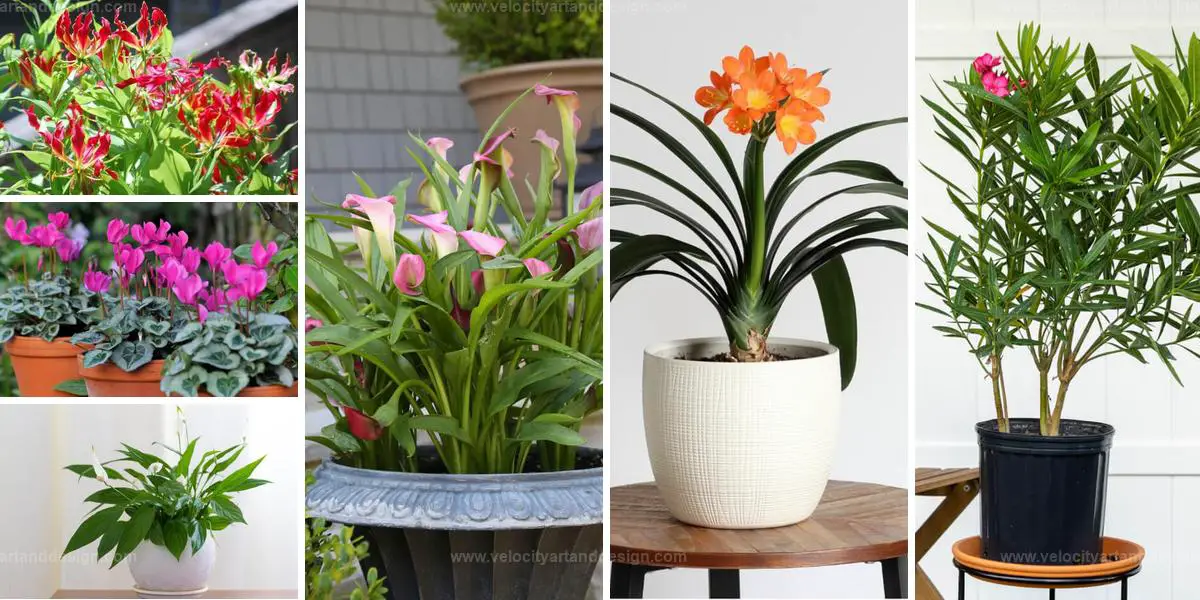
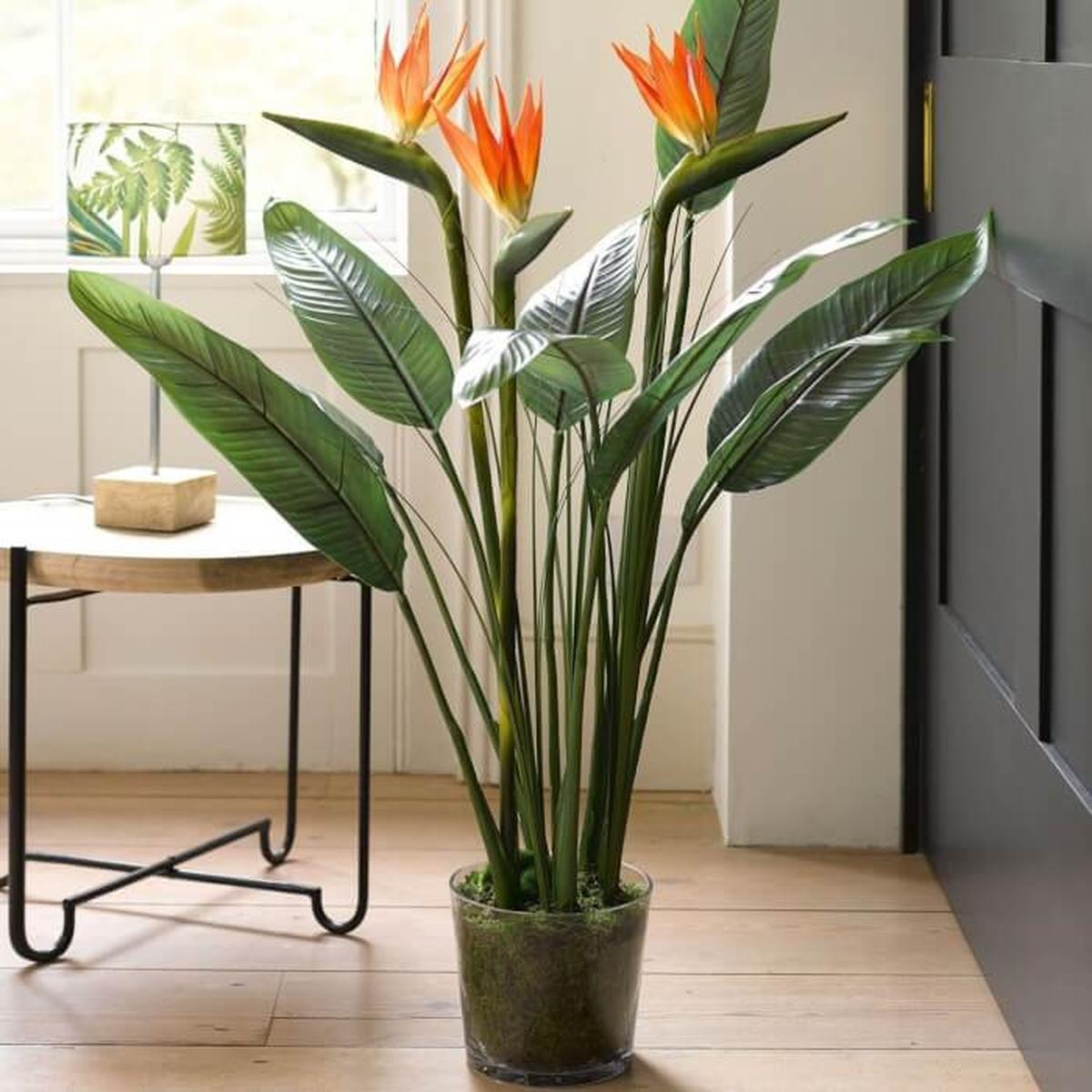
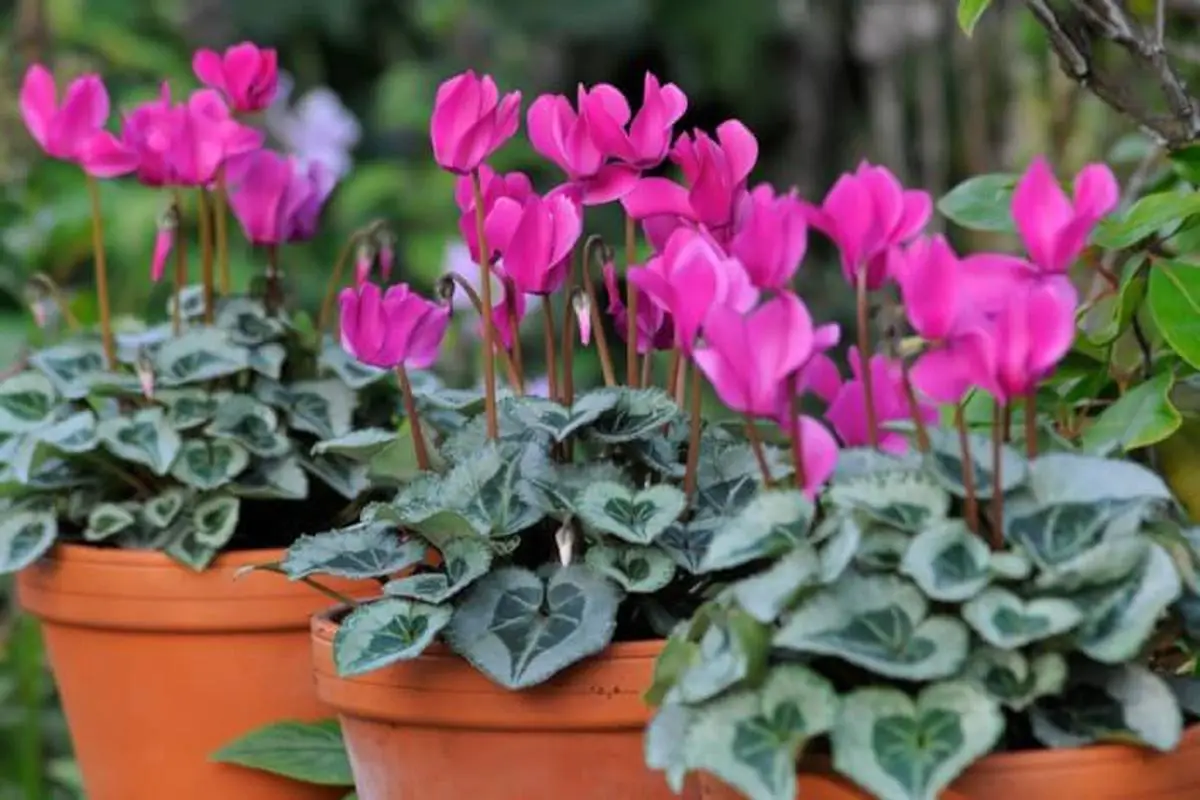
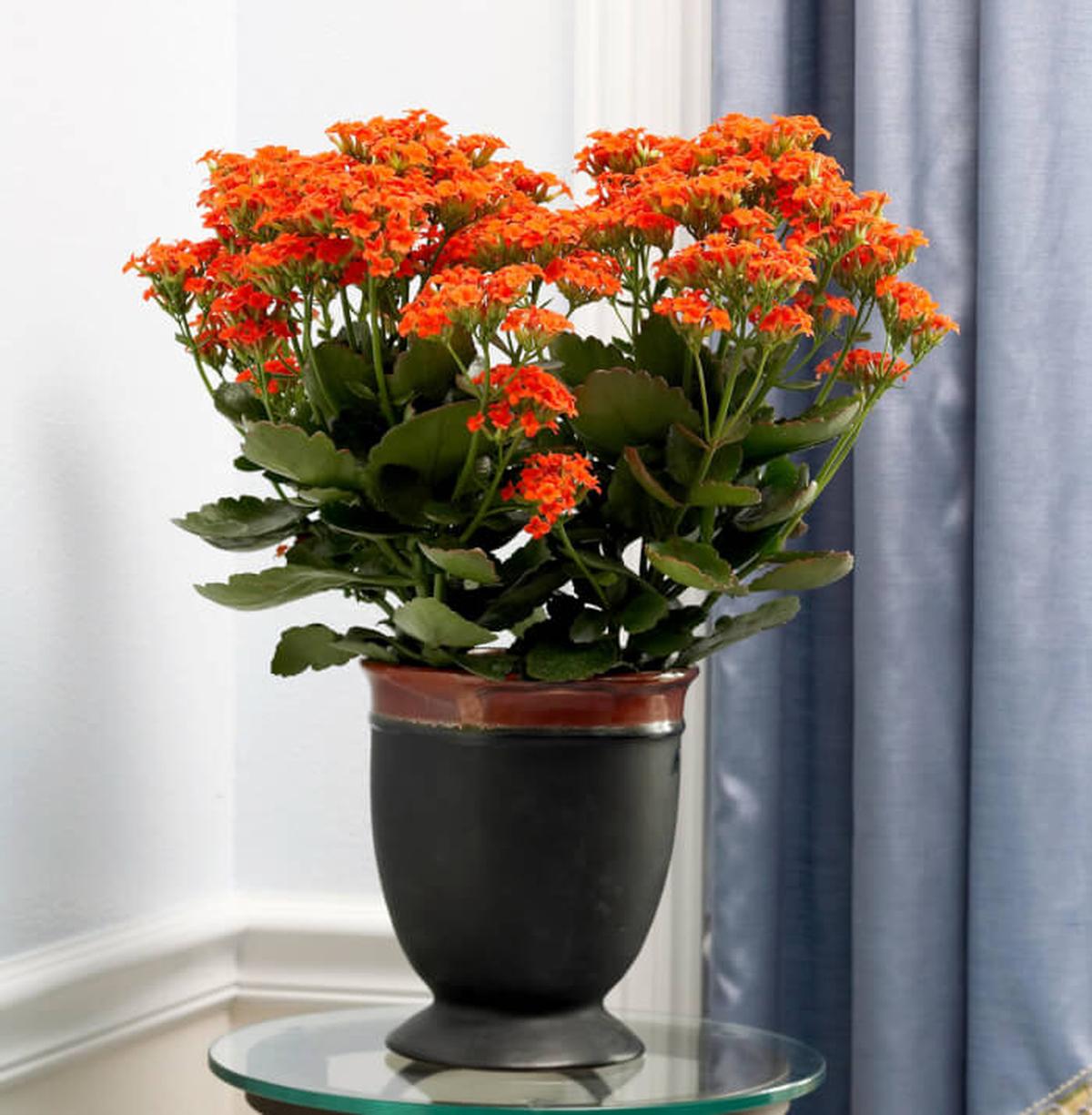
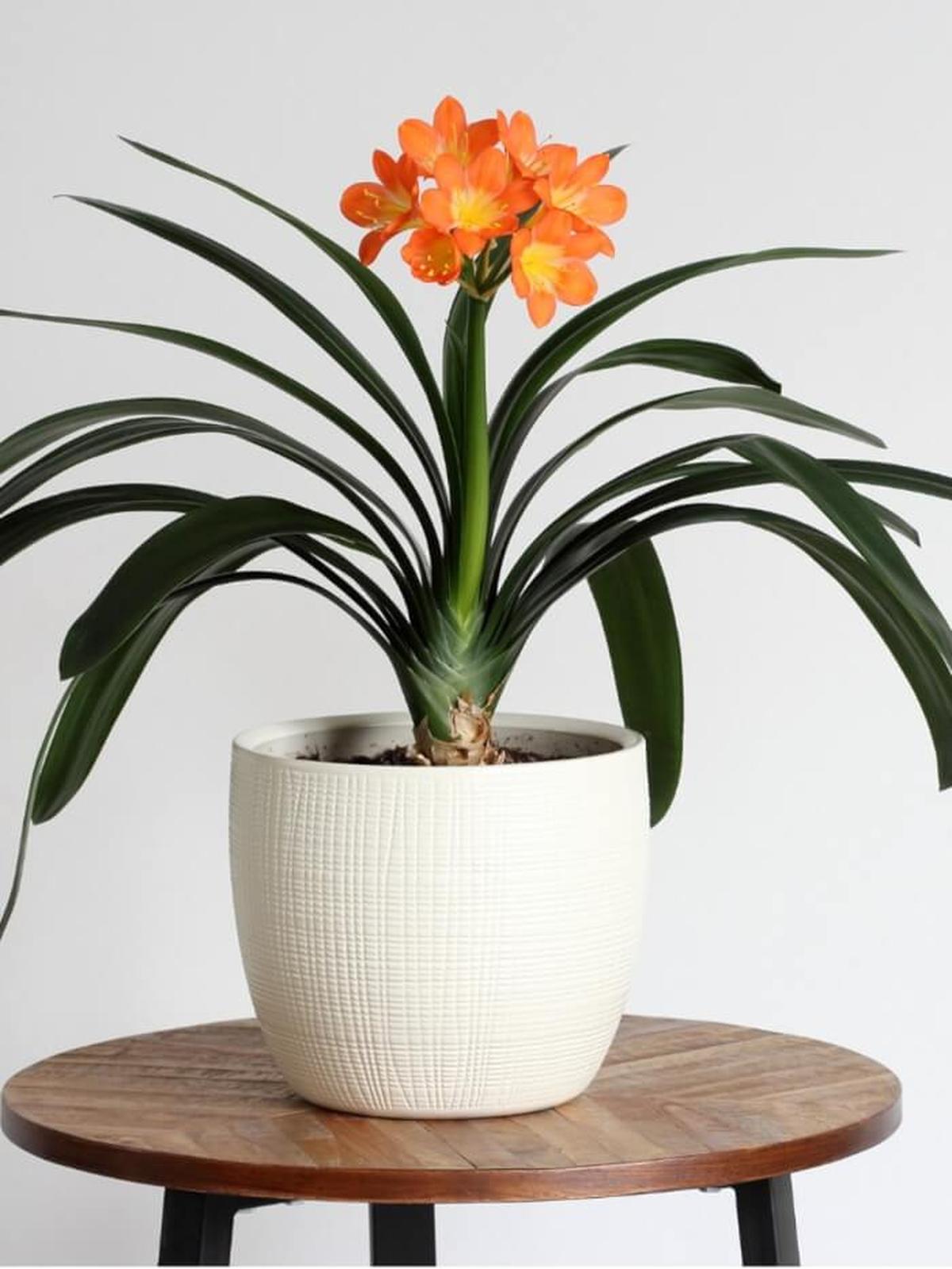
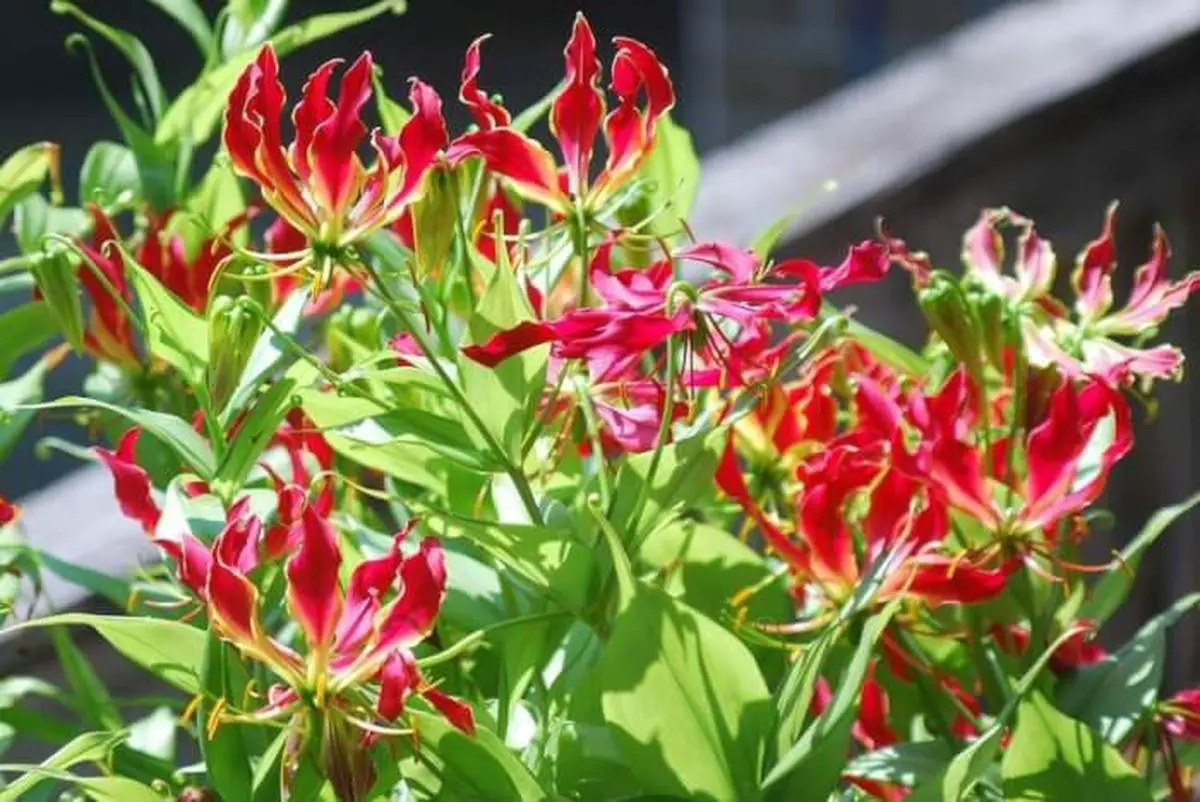
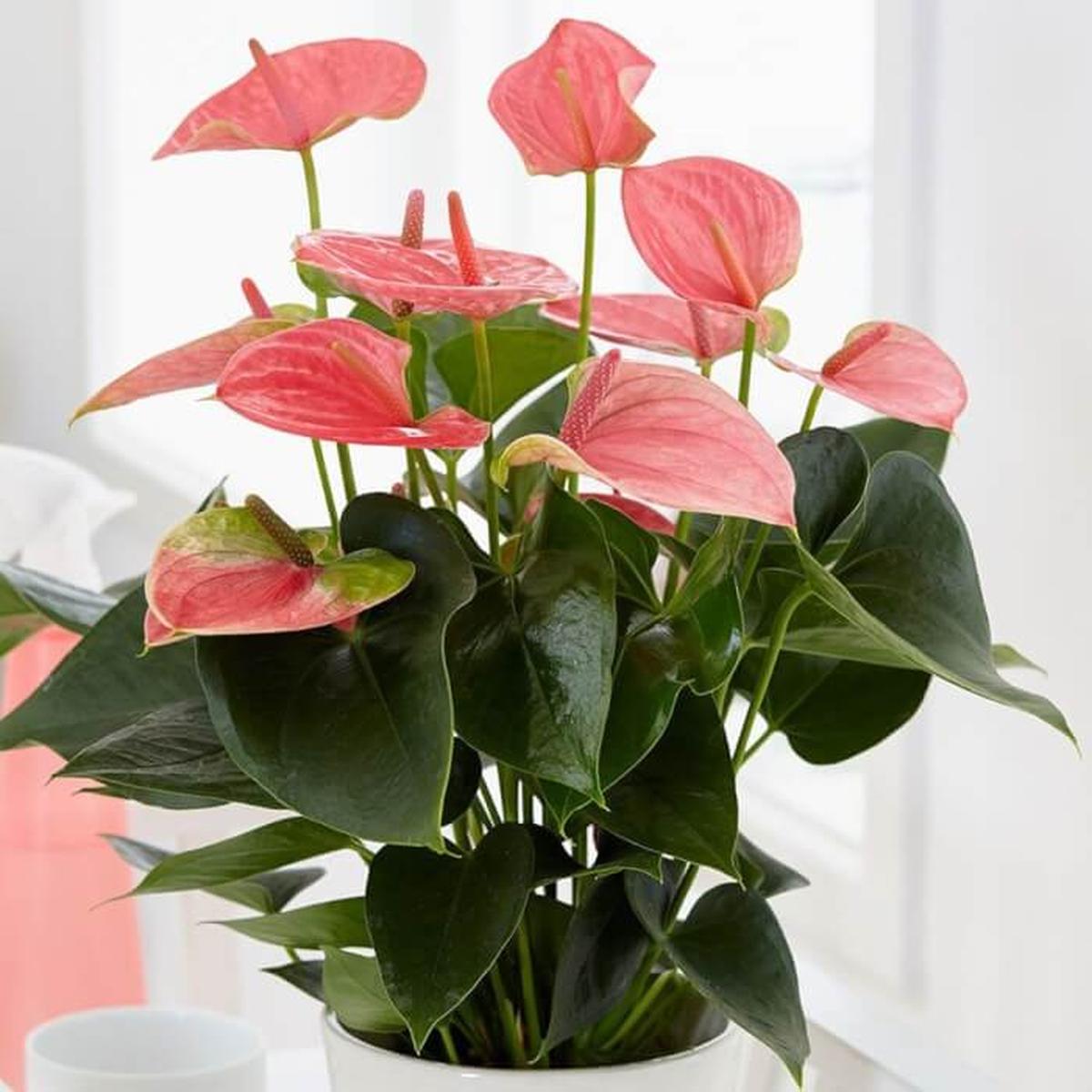
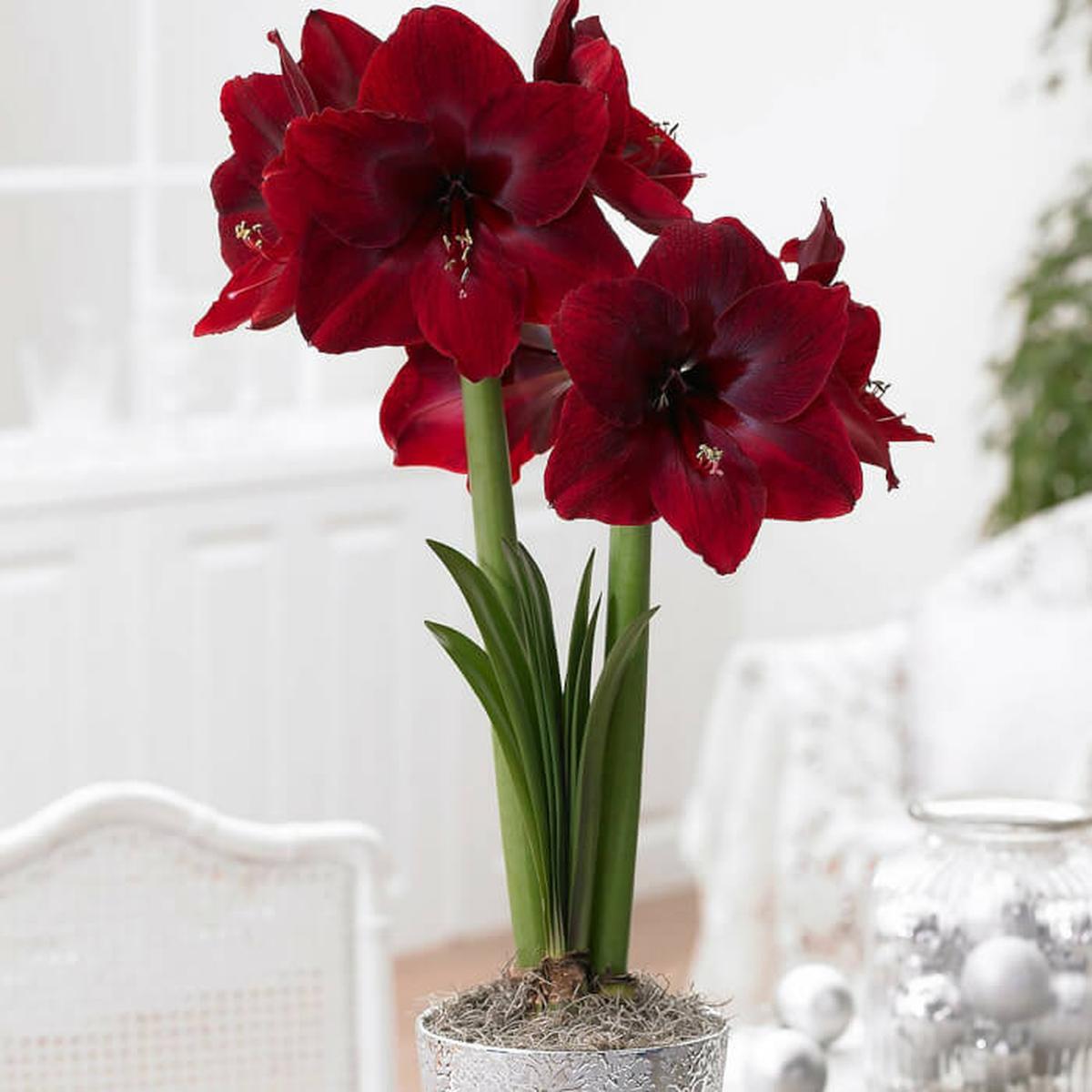
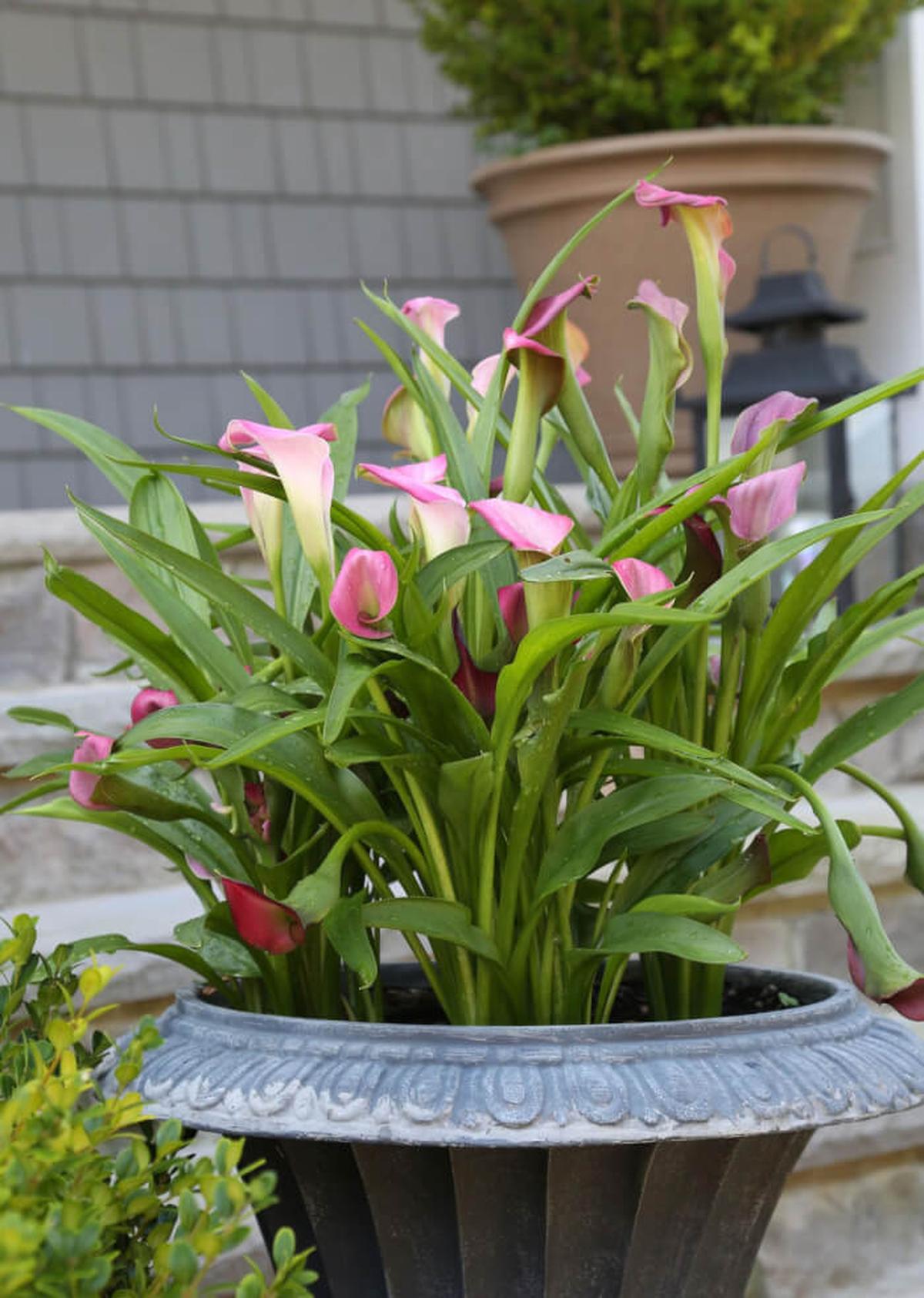
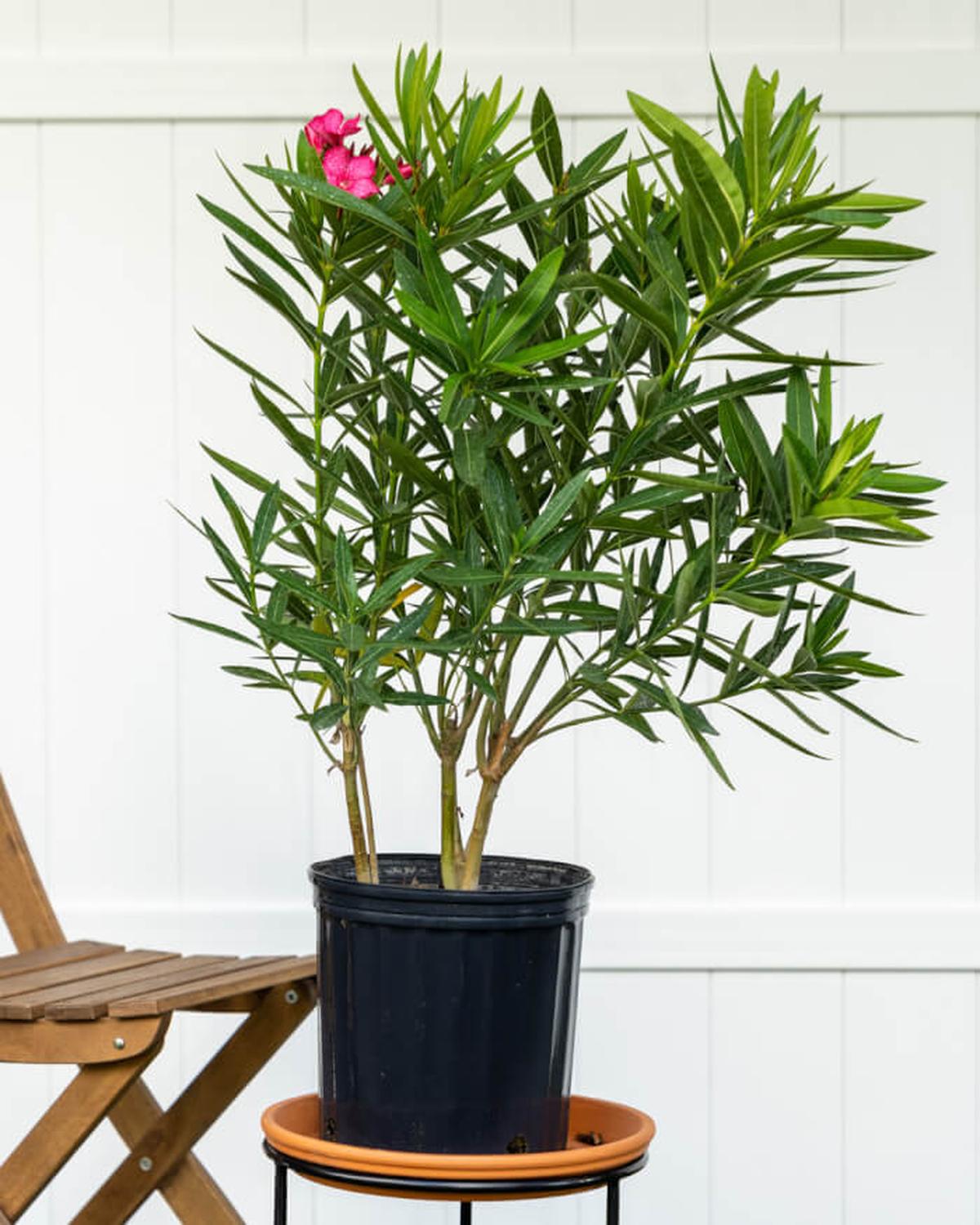
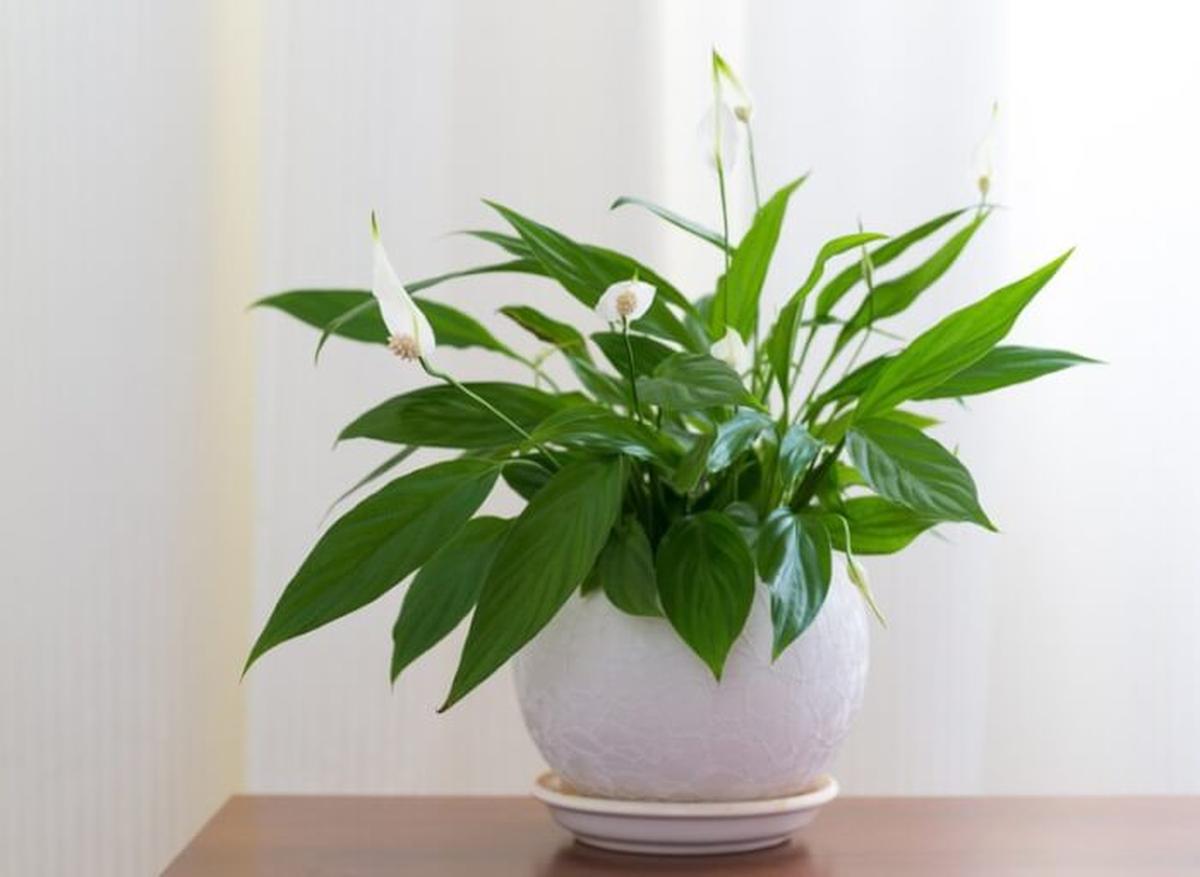
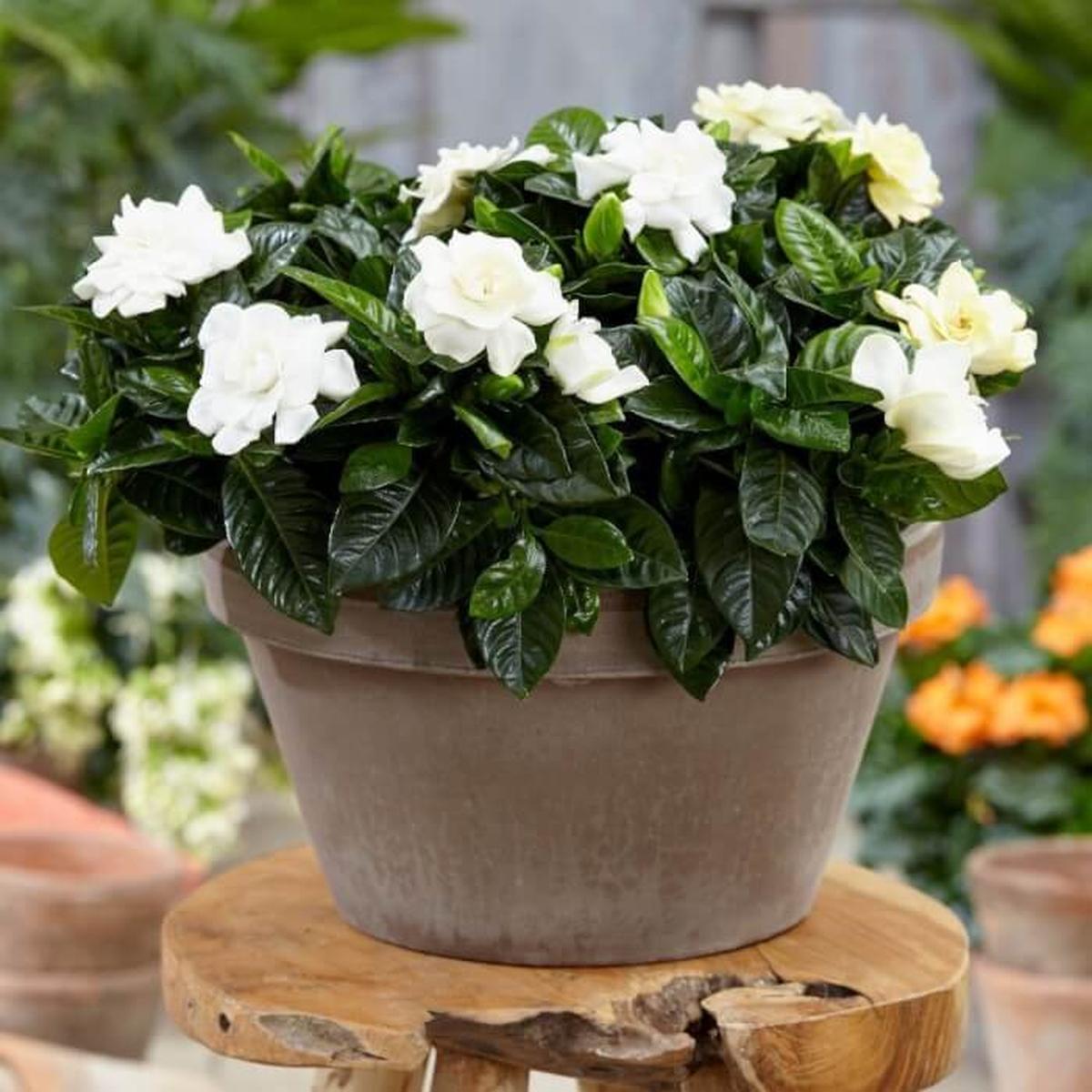
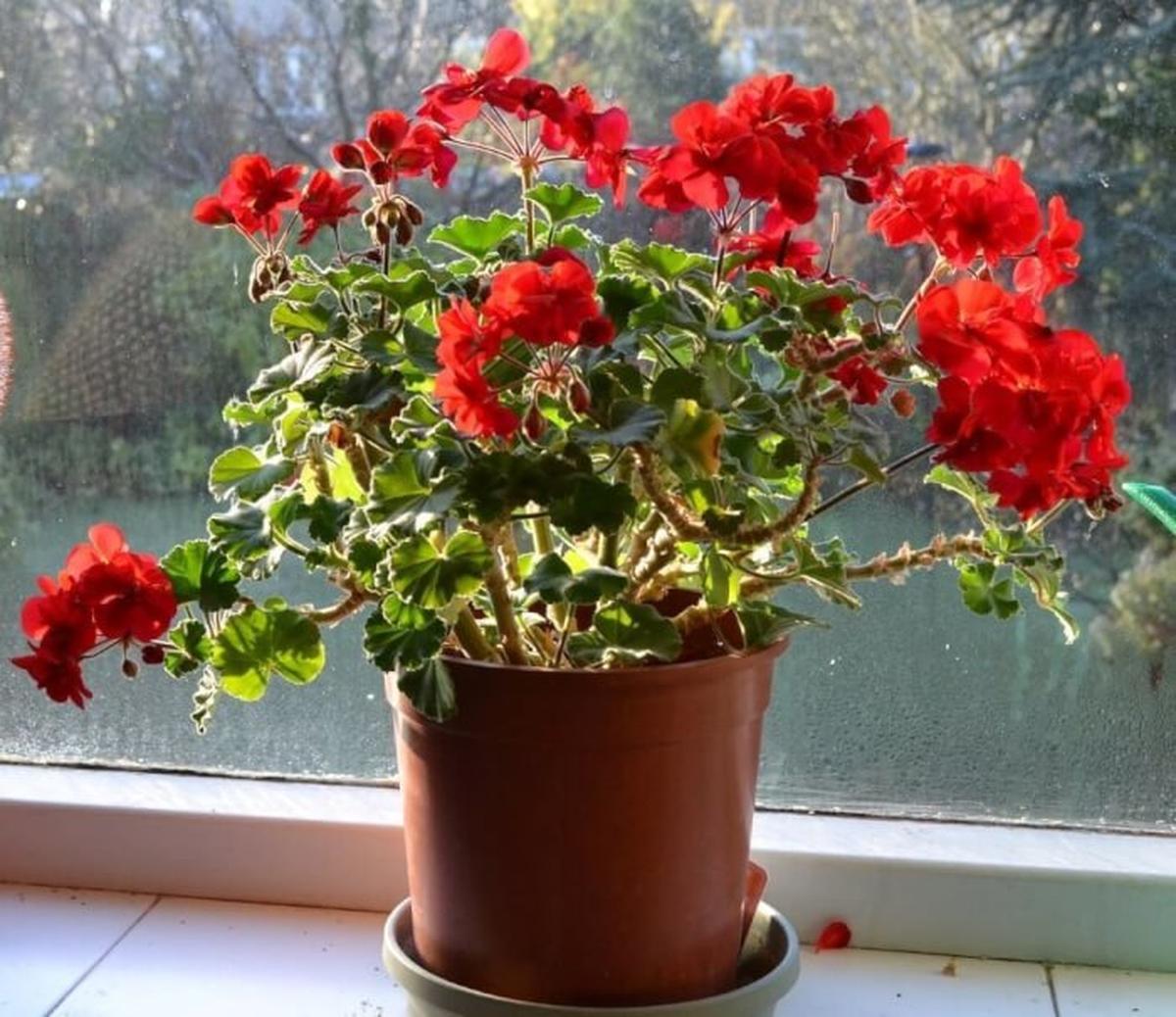
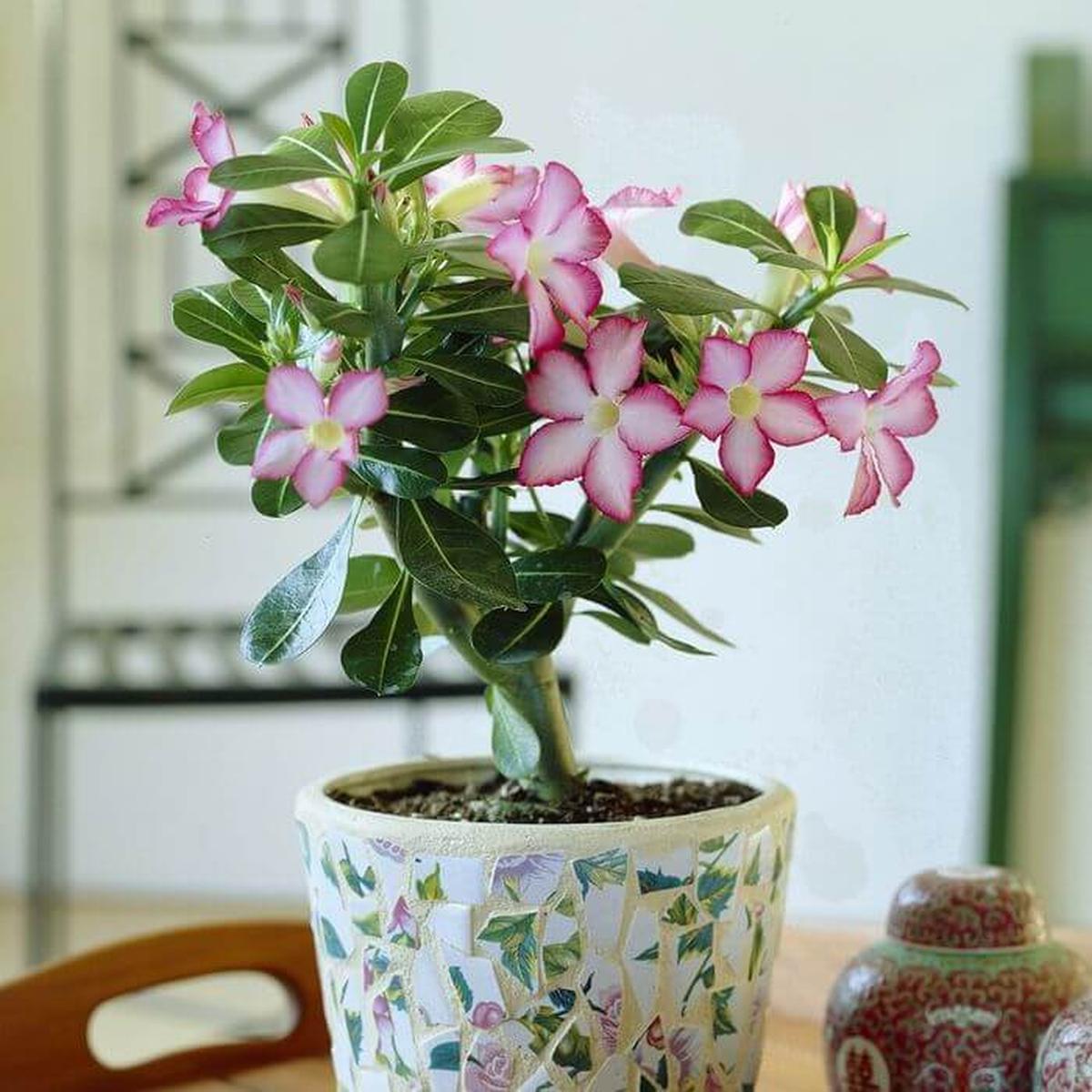
James Turner
Founder & Lead Designer
Expertise
Interior Design, Sustainable Design Practices, Spatial Planning, Innovative Material Applications, Contemporary Art Techniques, Visual Communication, Multimedia Artistry, DIY Design and Home Projects, Eco-Friendly Living Spaces, Creative Solutions
Education
University of Cincinnati College of Design, Architecture, Art, and Planning (DAAP)
Columbus College of Art & Design (CCAD), Columbus, OH
James Turner is the founder and lead designer at Velocity Art and Design. He studied Interior Design at the University of Cincinnati, focusing on eco-friendly design and smart use of space.
Later, he expanded his artistic skills with a Fine Arts Certificate from the Columbus College of Art & Design, where he learned about modern art and visual storytelling.
With over 10 years in design, James is passionate about making spaces that are both beautiful and practical. He shares his DIY tips and creative ideas to inspire others to explore their own creativity and transform their living spaces.